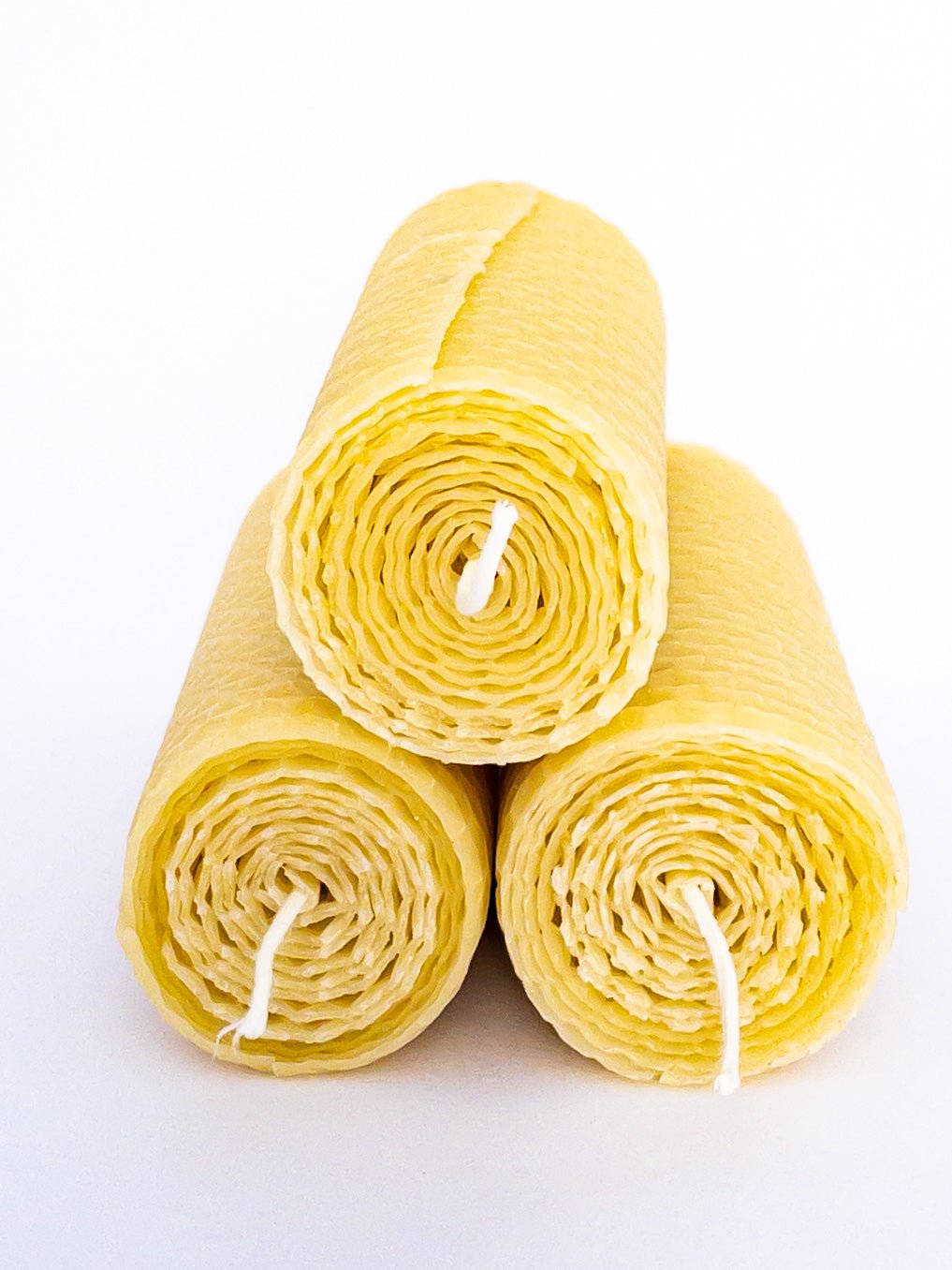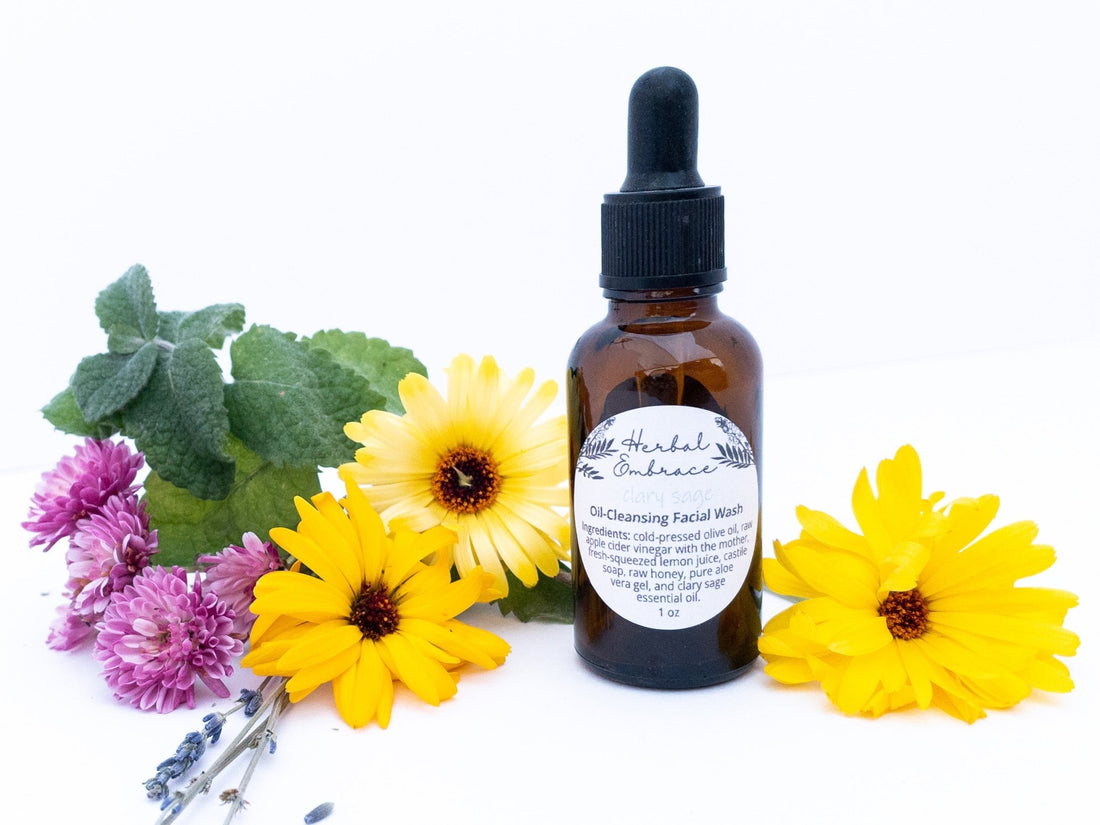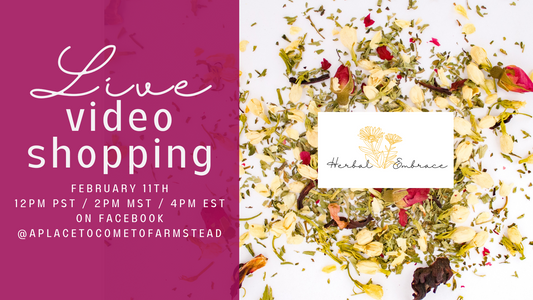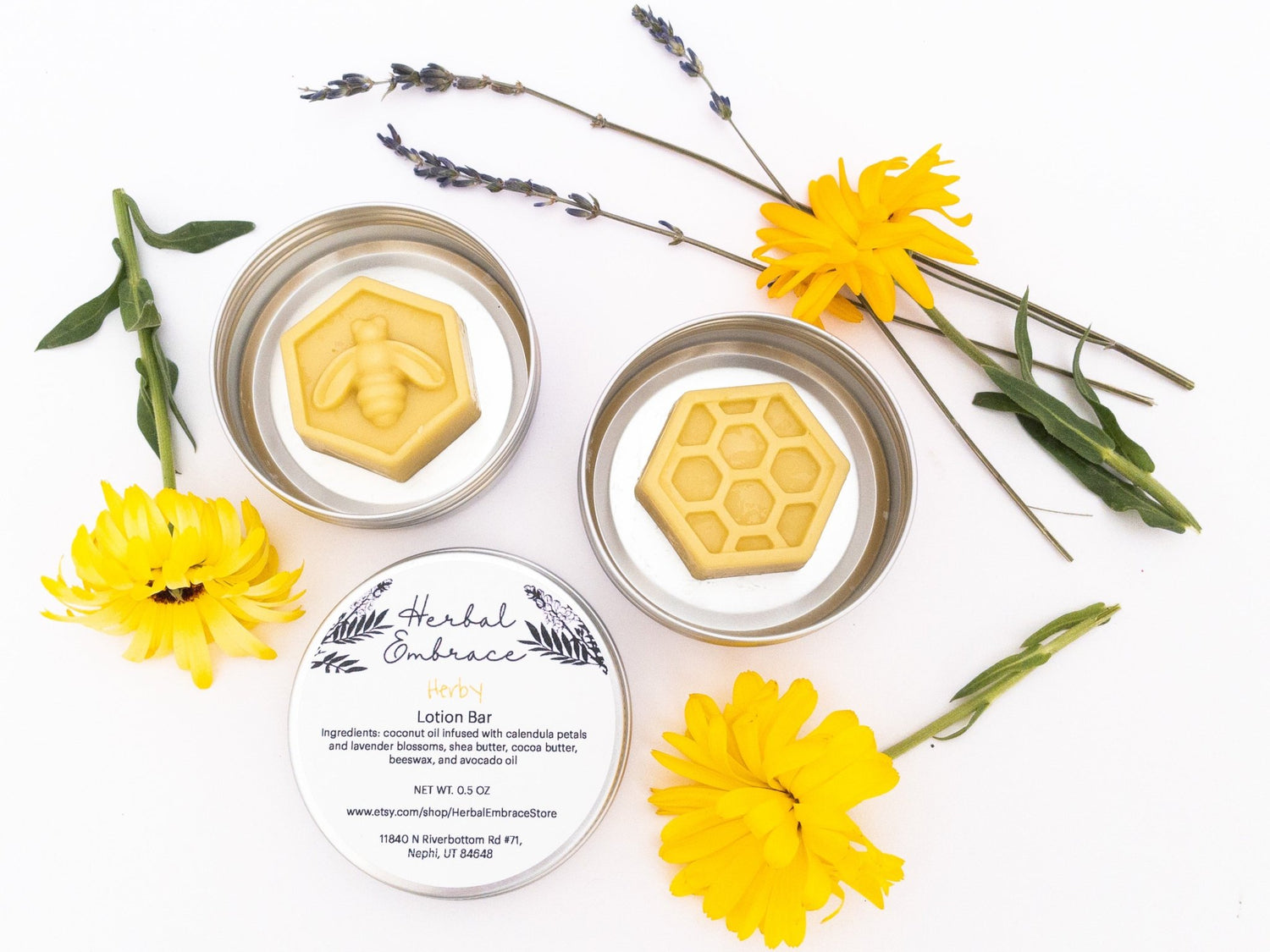Calendula: a beautiful multi-use plant with a happy, healing soul
If you haven't noticed, Calendula is sort of our "mascot" around here. As part of my Master Herbalist courses, I was required to research the historical usage of several herbs. Here is the result for Calendula for you to enjoy!
Calendula (Calendula Officinalis) was historically known as “Pot Marigold.” The “Pot” part referred to the practice of adding calendula flowers to simmering pots of food (such as vegetables, poultry, puddings, dumplings, broth, or even oatmeal!). The name “Calendula” means “little calendar” or “little clock” in Latin. The name “Marigold” refers to a tradition around robbers finding golden calendula flowers in Mary’s purse (instead of gold) when they tried to rob Mary, Joseph, and Jesus fleeing to Egypt (“Mary’s Gold”). Because of this apparent protection from robbers, people kept calendula flowers in their beds or bedding to keep away robbers. Another reason for this tradition that the flowers offer protection could have stemmed from how well the calendula plant repels insects. There are many other protections and abilities the flowers were said to grant a person – such as seeing fairies!
As far as its medicinal uses, however, calendula flowers (and leaves – in the case of poultices) have been used as salves, infused oils, or washes for insect bites, sunburns, wounds (to speed up healing and to prevent infection), dermatitis, acne, and bruises. This is in line with its now-researched qualities of being antiseptic, anti-bacterial, anti-fungal, anti-inflammatory, and cell-proliferant. Calendula tea was used for problems with the intestines and menstrual cramps, as well as fever, bleeding, and infected hemorrhoids or other injury to the sensitive pelvic tissues, upset stomach, ulcers, headaches, and toothaches. King Henry VIII drank calendula tea to ward off illness in the 16th century. Nicholas Culpeper (17th century) noted positive effects on the heart. Other home uses include coloring butter and cheese and making golden dye and cosmetics — hence the name “poor man’s saffron.” The petals or whole flower can be eaten in a salad.
Because this herb grows in many different locations as either an annual or perennial, and is tolerant of poor soils, it was used medicinally by many cultures historically – namely Greek, Roman, Middle Eastern, Indian, and Arabic cultures. Its vibrant golden allure led to its appearance in legends and lore, as well as ceremonies. In Mexico and South Africa, families scatter calendula leading up to their home to guide their ancestor’s spirits on the Day of the Dead. In Rome, calendula (or other marigolds) were presented as a birthday gift to anyone born in October. The Ancient Greeks and Romans wore calendula crowns or garlands during rituals and ceremonies. In India, ancient tradition is still practiced today: calendula flowers and garlands are placed upon statues of Hindu gods. To the Hindu people, calendula is a sacred flower representing thankfulness, excellence, and serenity. It is associated with the third chakra, known as “Manipura,” which is located at the solar plexus. These flowers are commonly a part of traditional Indian weddings and other ceremonies even today. The ancient Aztecs used marigolds for hiccups and to protect people traveling on the water. From the Aztecs, the Spanish took seeds and grew them in monasteries. Surely this tough, useful, and beautiful heal-all plant has fascinated many cultures for centuries.
Rose, Melody. “Calendula officinalis History and Uses”, www.davesgarden.com, 18 January 2020.
King, Bernadette.“Calendula Meaning & Symbolism”, www.buildingbeautifulsouls.com, article undated, read 29 March 2023.
Shop Calendula products here:








